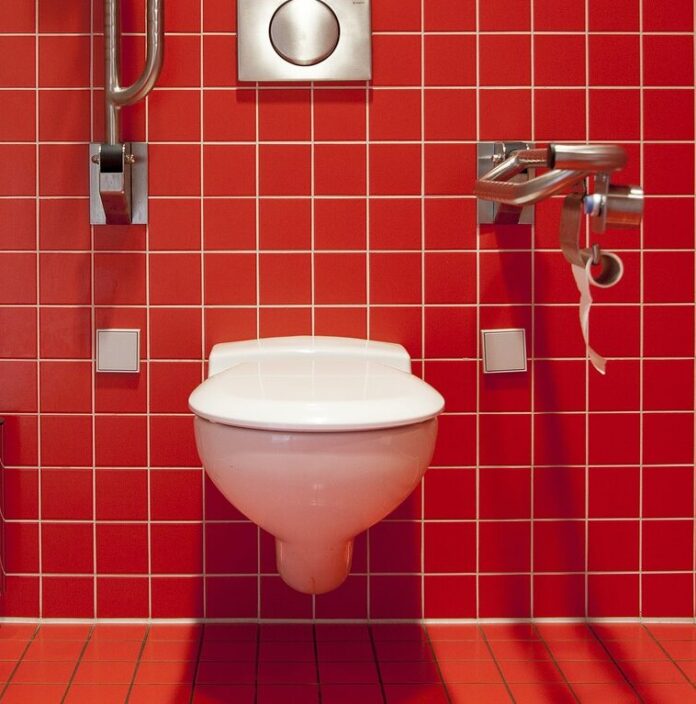It’s a weird topic, and not one we ever thought we’d have to consider because, after all, a bathroom is a bathroom, right? How different can they be? Well, the truth is that exactly what constitutes a bathroom often varies depending on where in the world you are, and as travelers, it’s important to be aware of these differences so as not to end up in a stinky situation. Read on to learn more about bathroom culture around the globe.
Toilet Paper Practices
Toilet paper is something we typically take for granted in Western countries, but that doesn’t mean you’ll find it everywhere in the world. Europeans often use bidets to wash up after doing their business, and while they do use toilet paper in most of Asia and the Middle East, many locations don’t have adequate plumbing for it to break down. Instead, used paper should be disposed of in a trash can.
Footwear Etiquette
In certain Asian cultures, it’s customary to remove your shoes before entering someone’s home—and sometimes even public restrooms. This is especially true in Japan, where many bathrooms have designated ‘toilet slippers’ that you’ll be expected to change into before entering. Wearing these slippers promotes cleanliness and shows that you respect the space, but be sure to remove them before walking around anywhere else.
Toilet Designs
Western-style sit-down toilets have only been around for about 500 years, and in some parts of the world, you’d still be hard-pressed to find one. In rural areas in Asia, Africa, and the Middle East, squat toilets—which, as the name suggests, are used by adopting a squatting position over a hole in the ground—are the norm. In general, these toilets are no less sanitary than sit-down styles, though they can take some getting used to if you’ve never used one.












